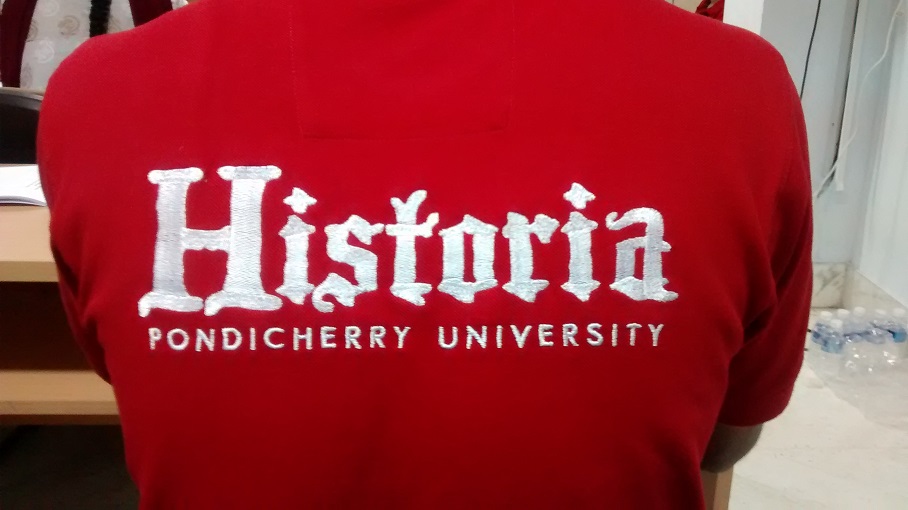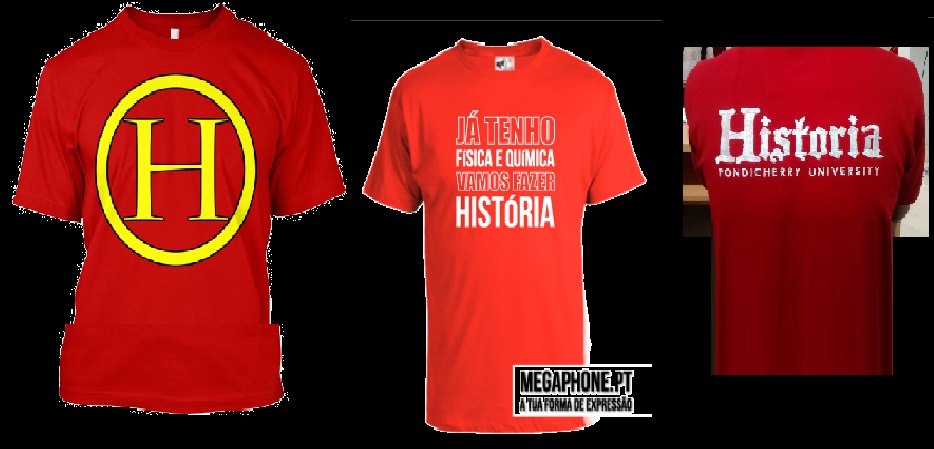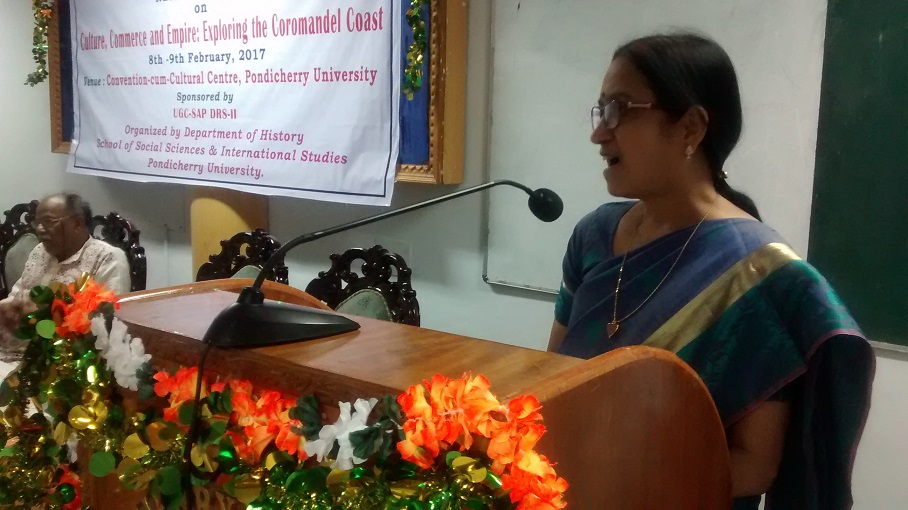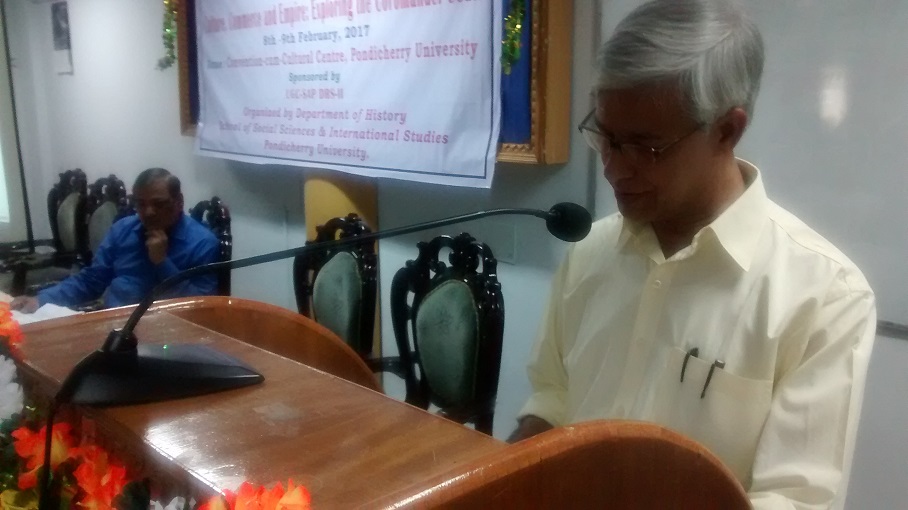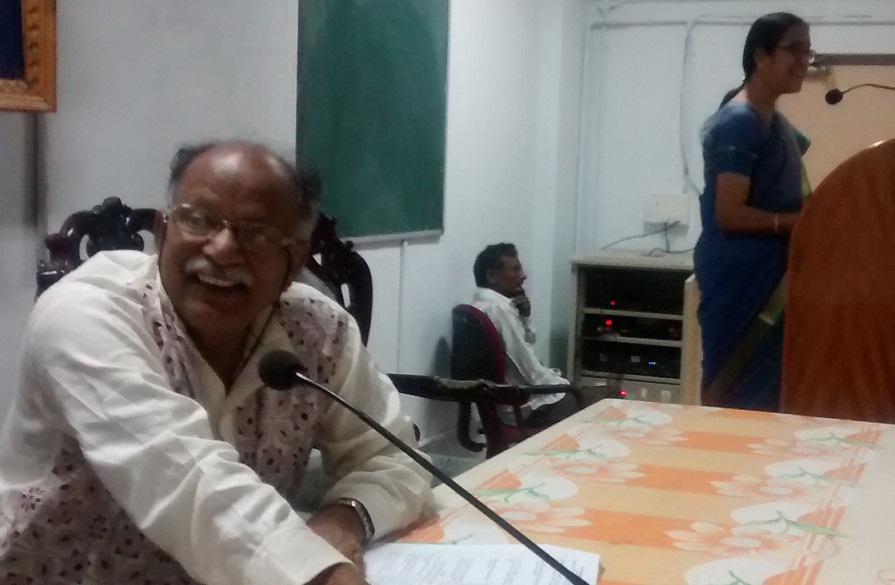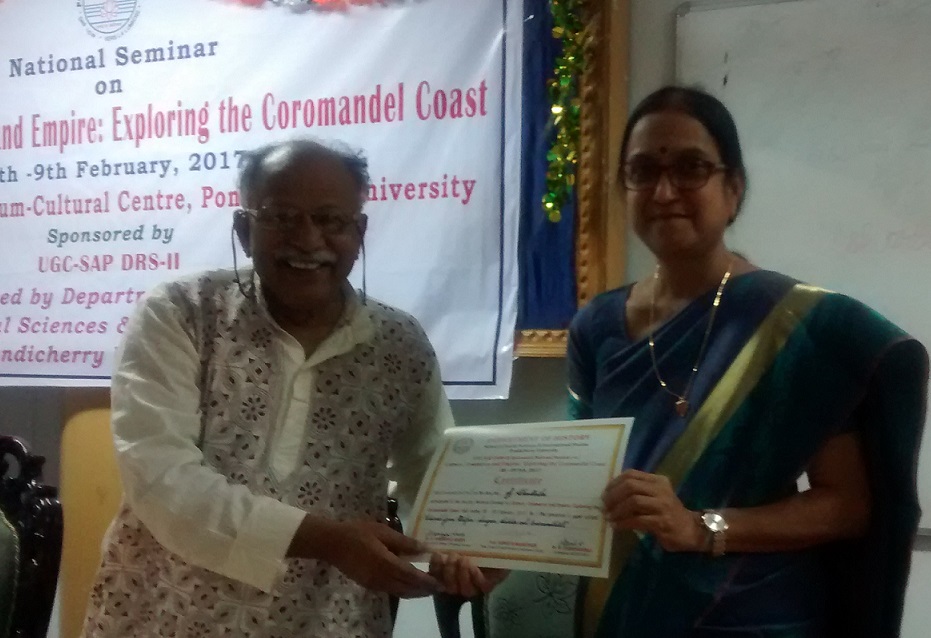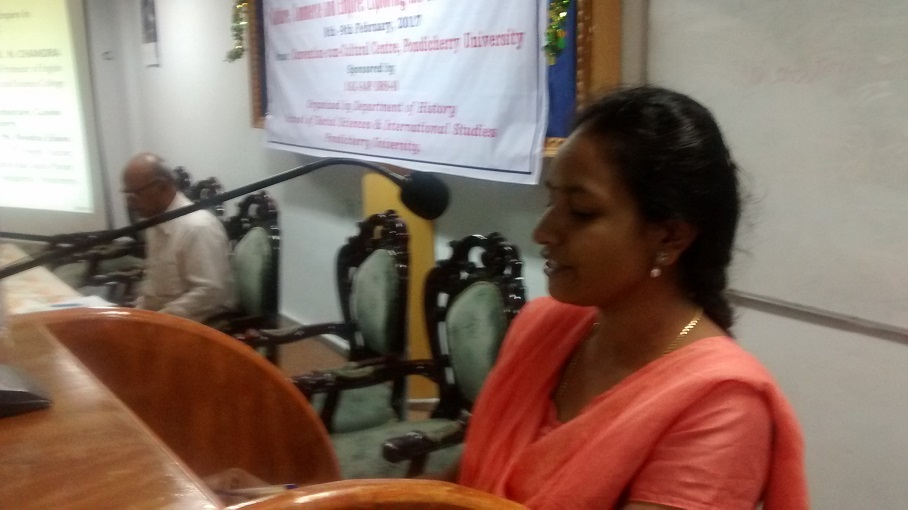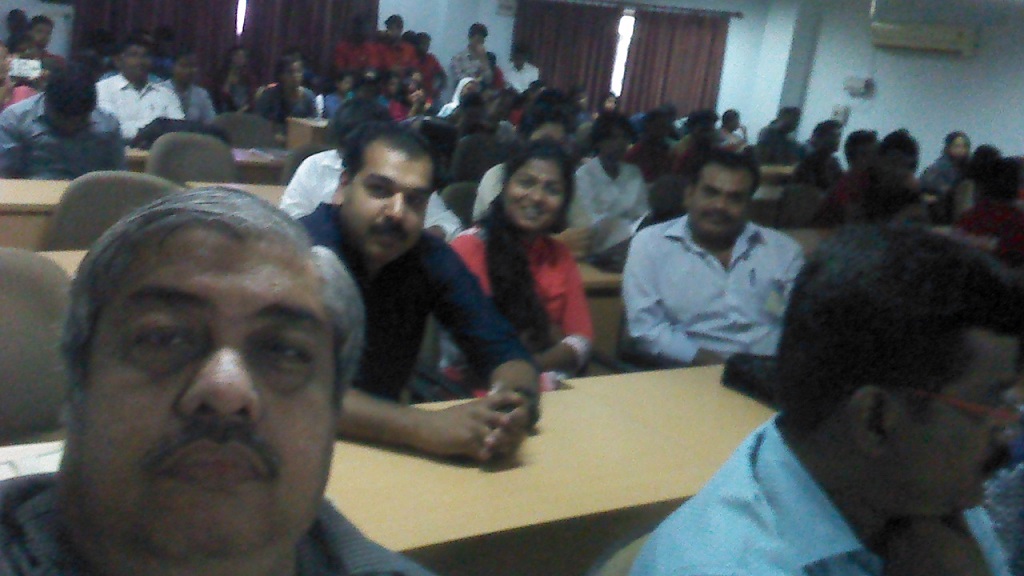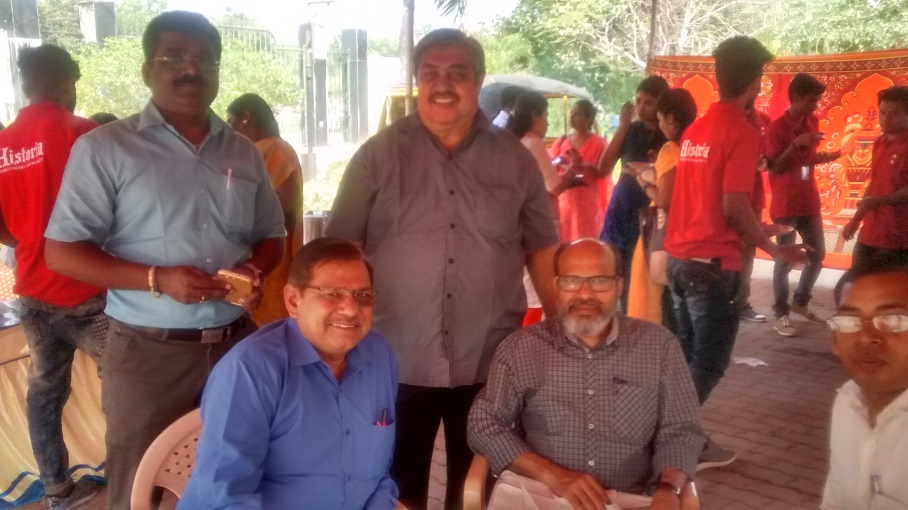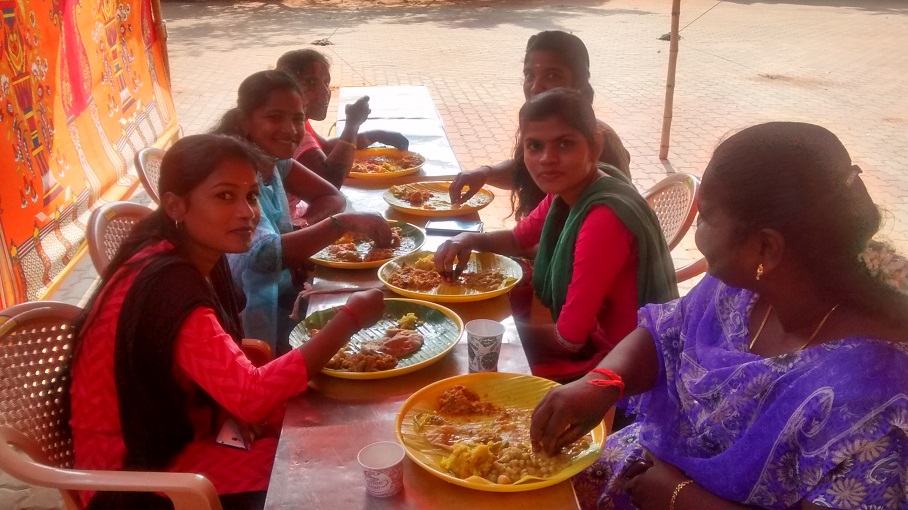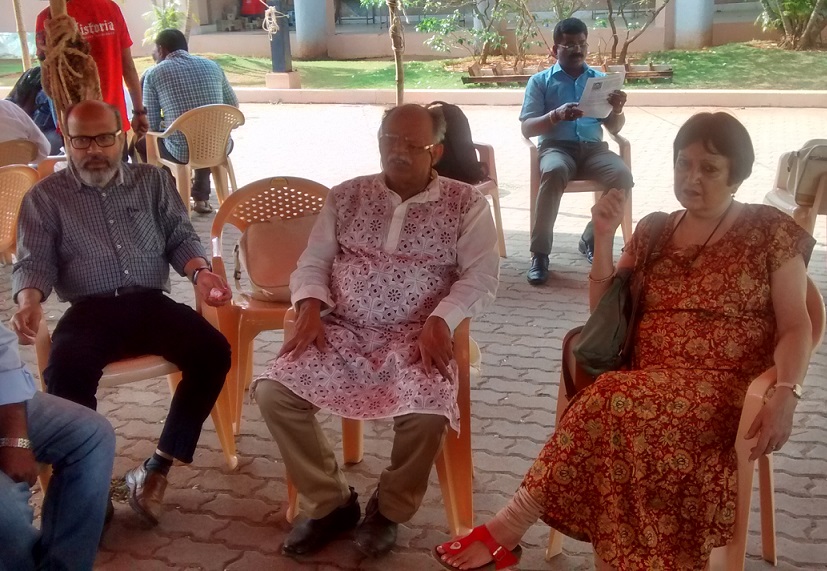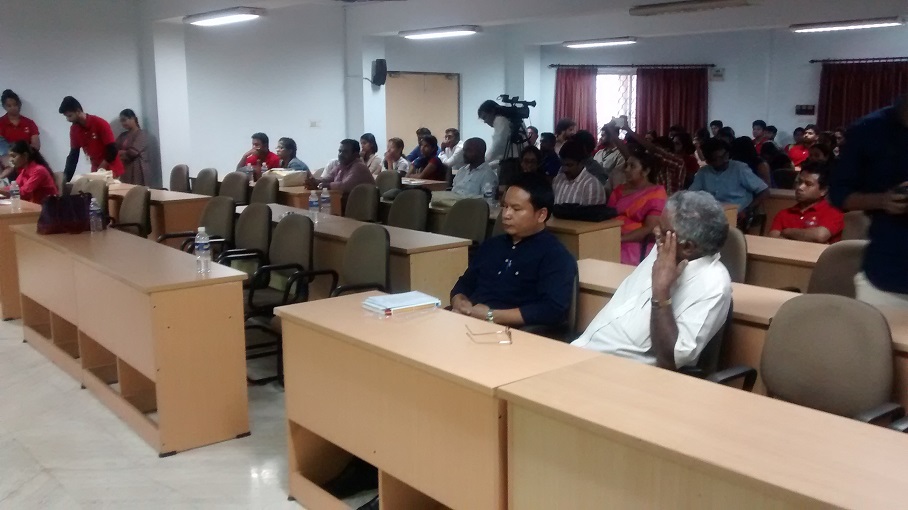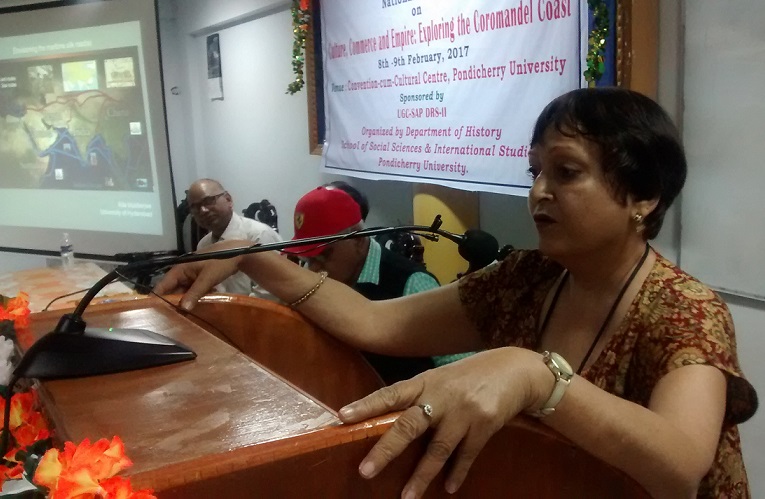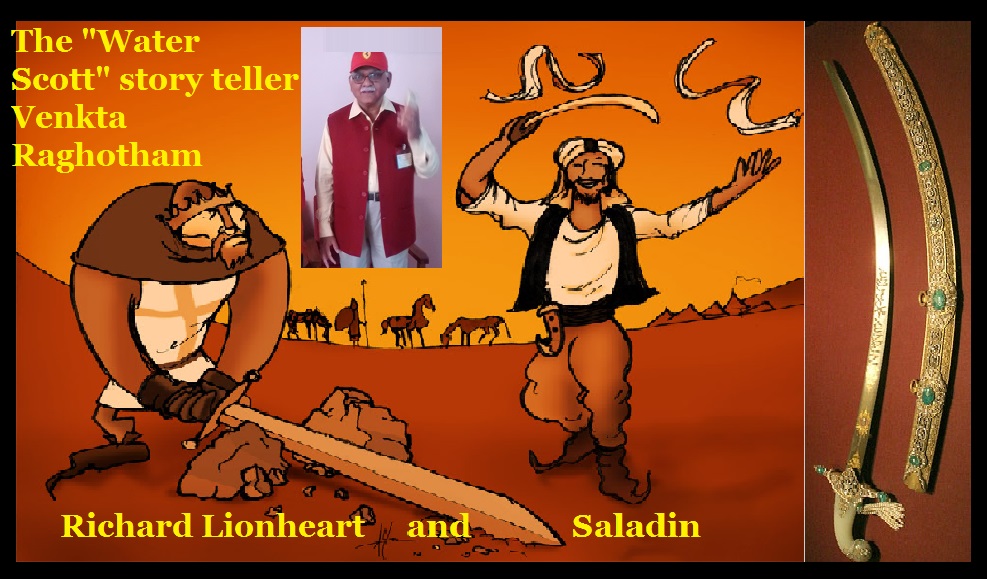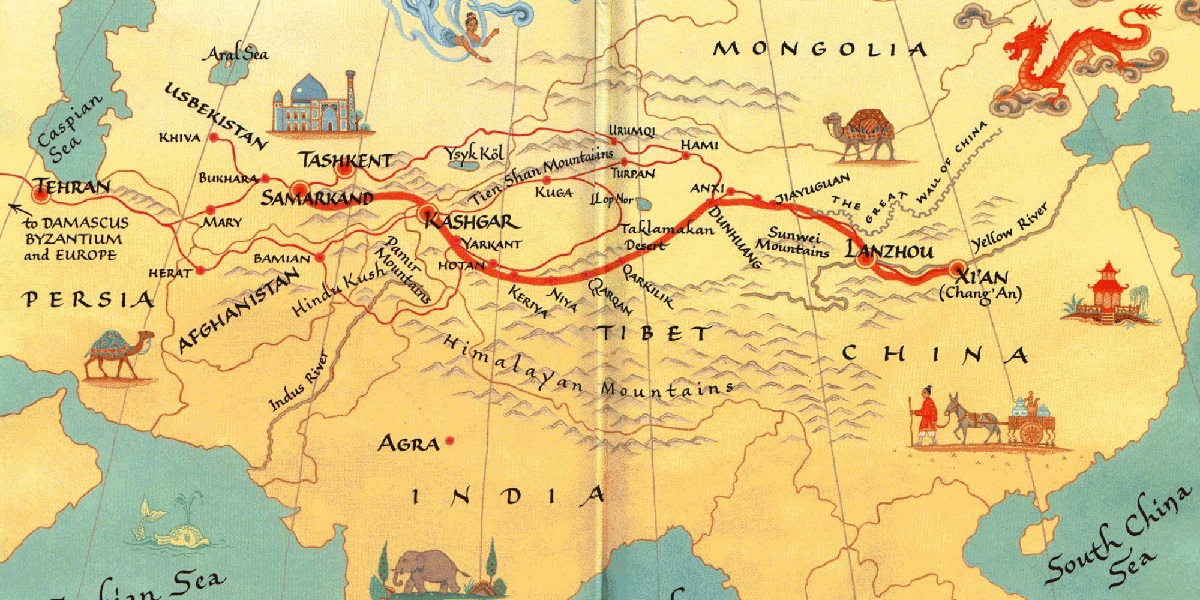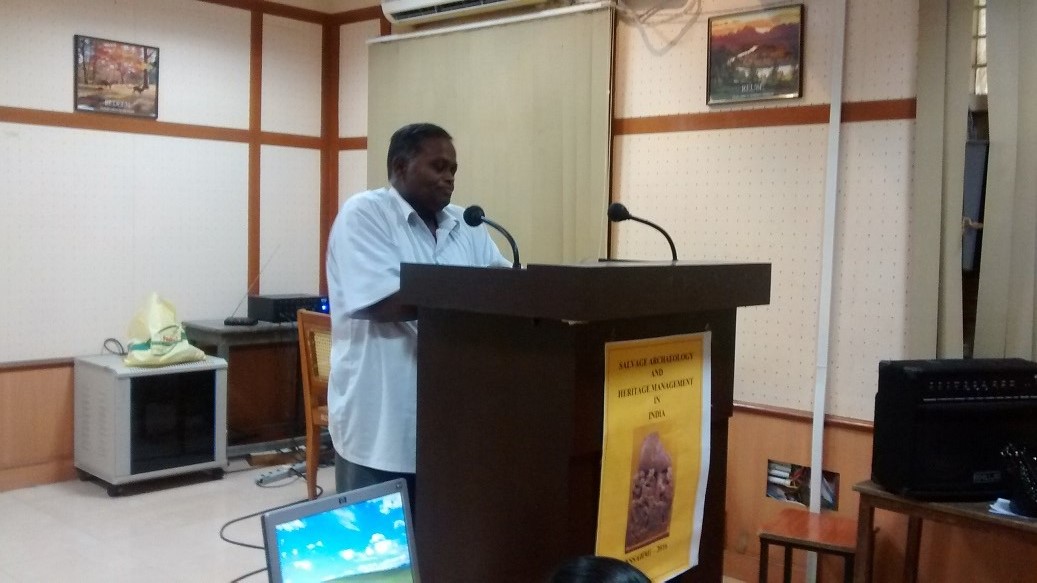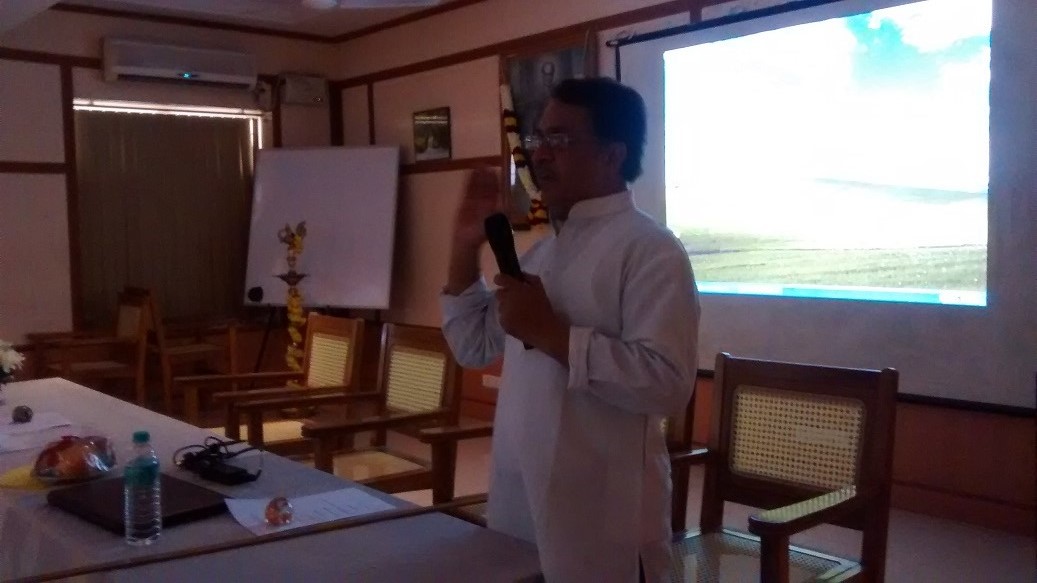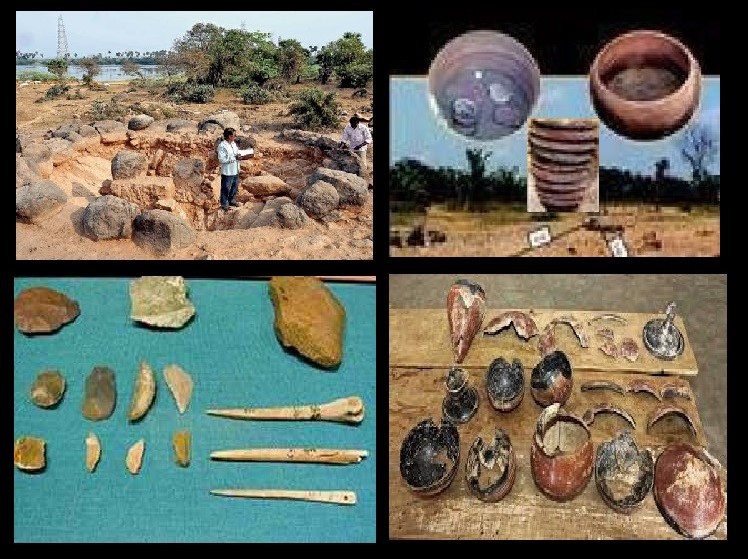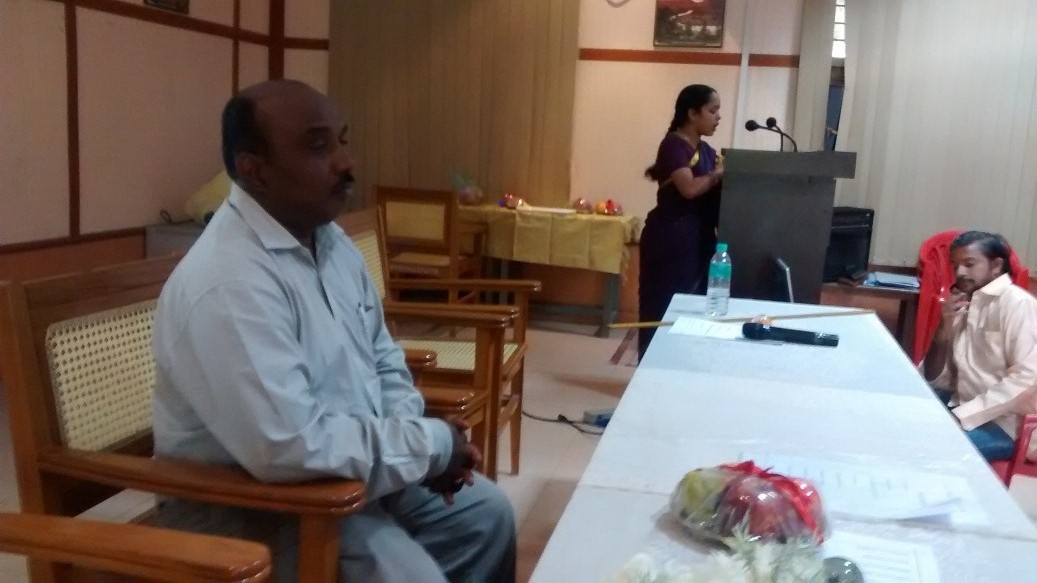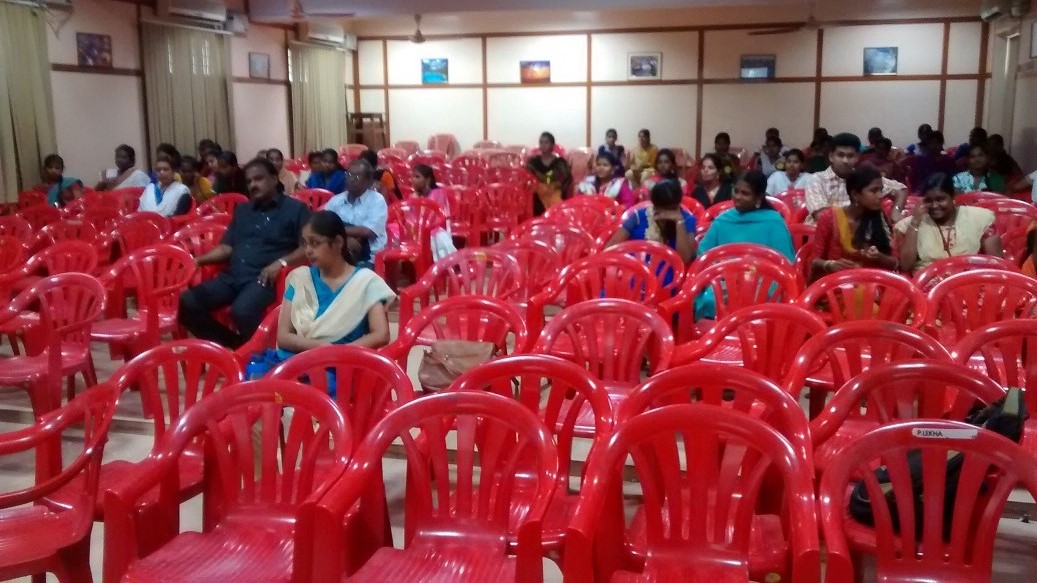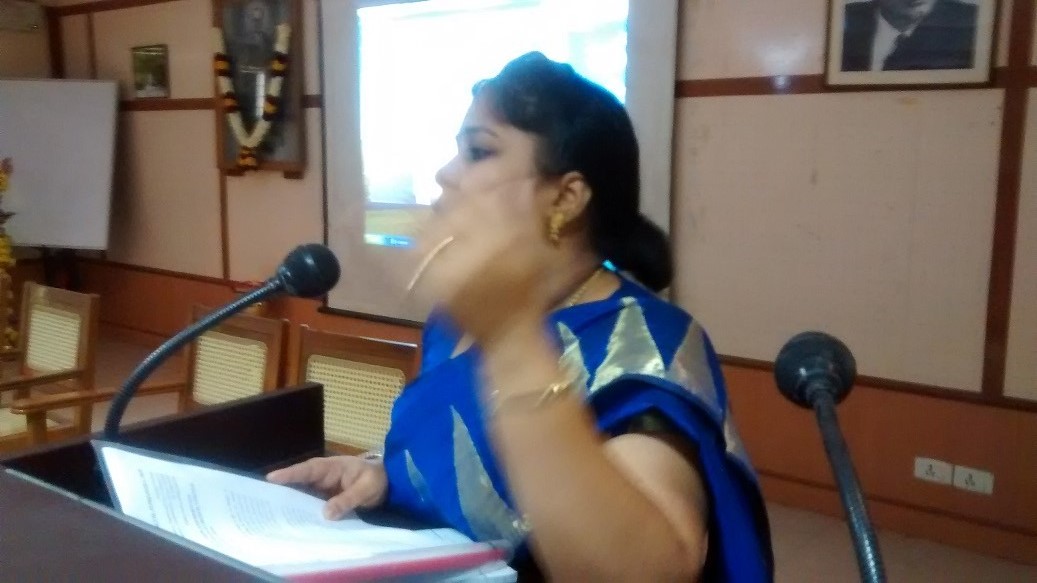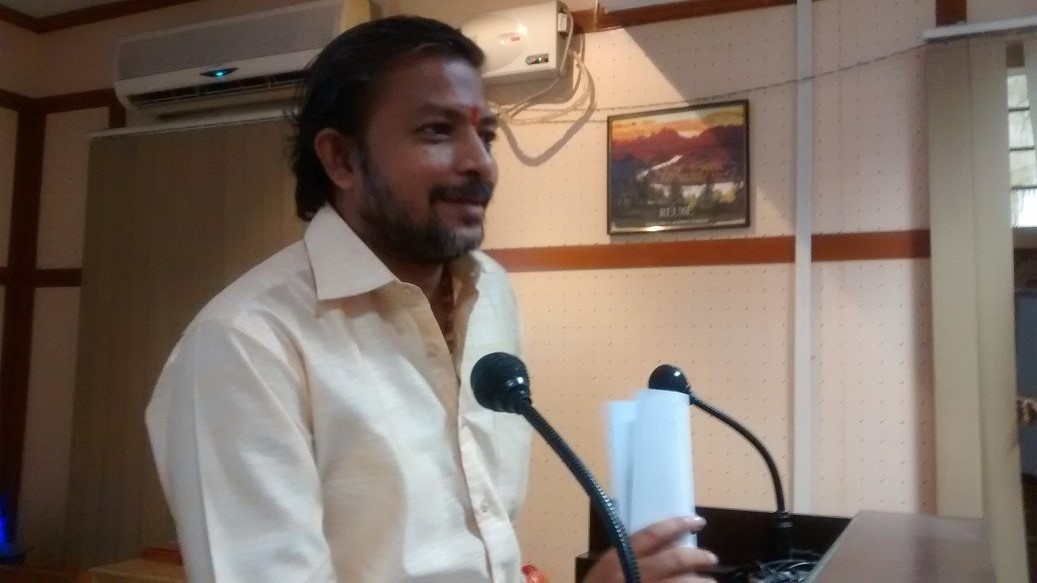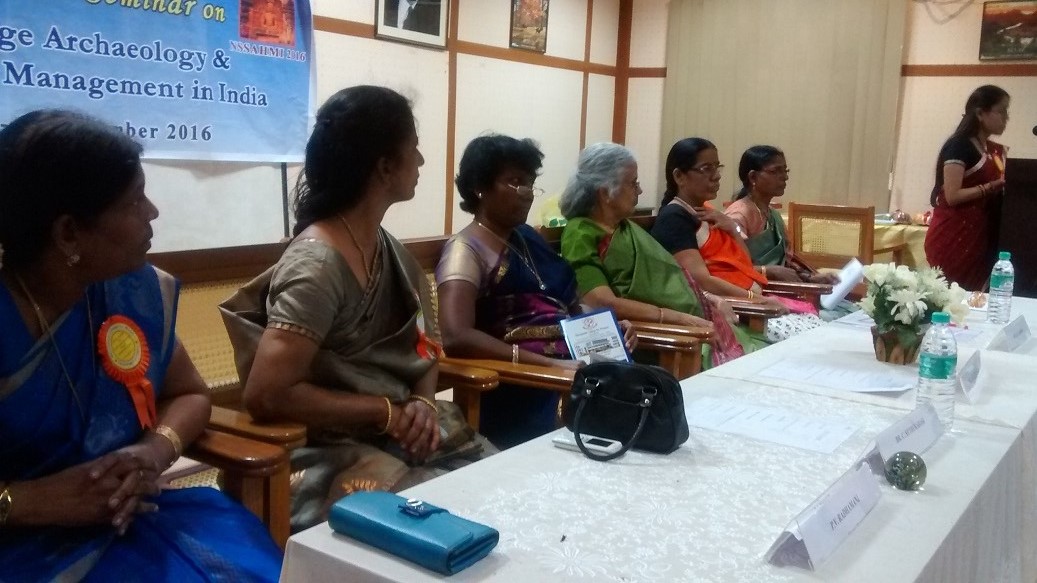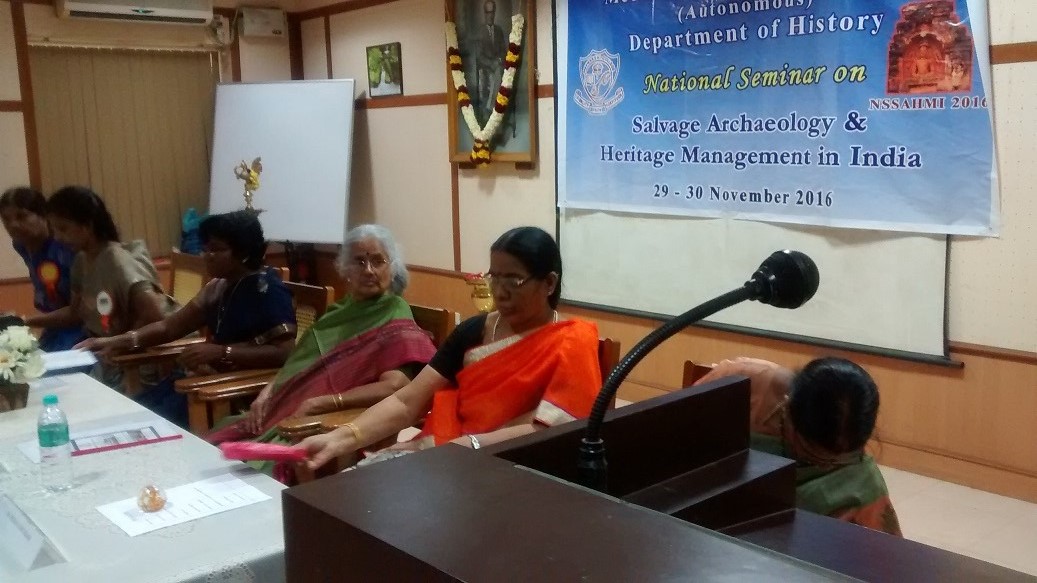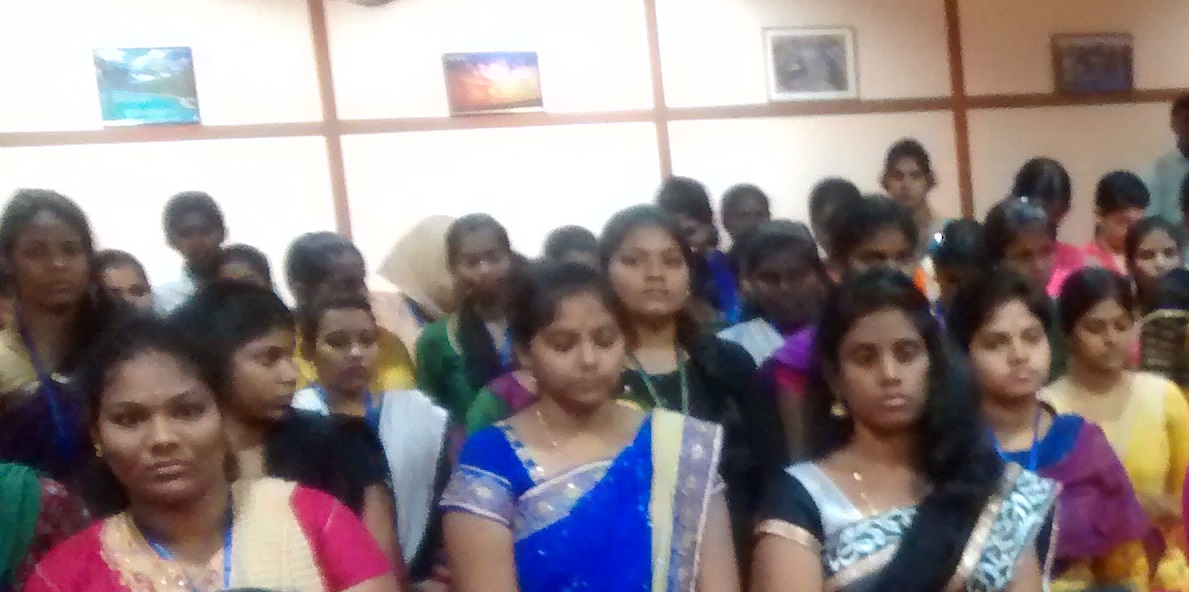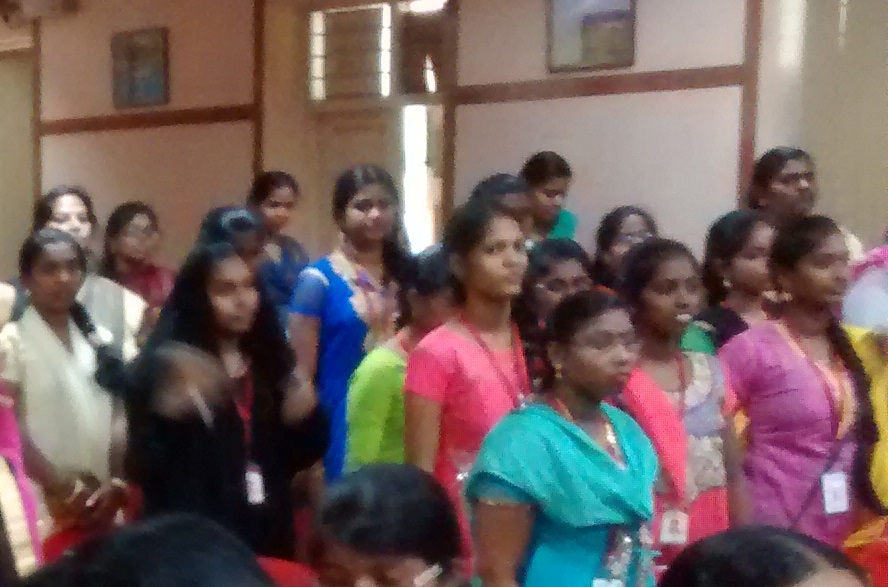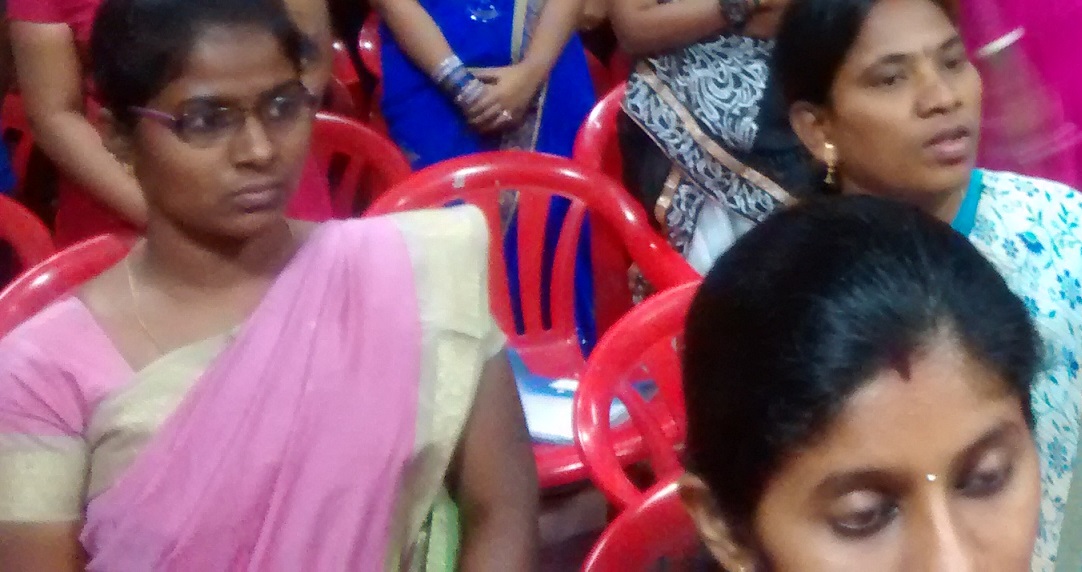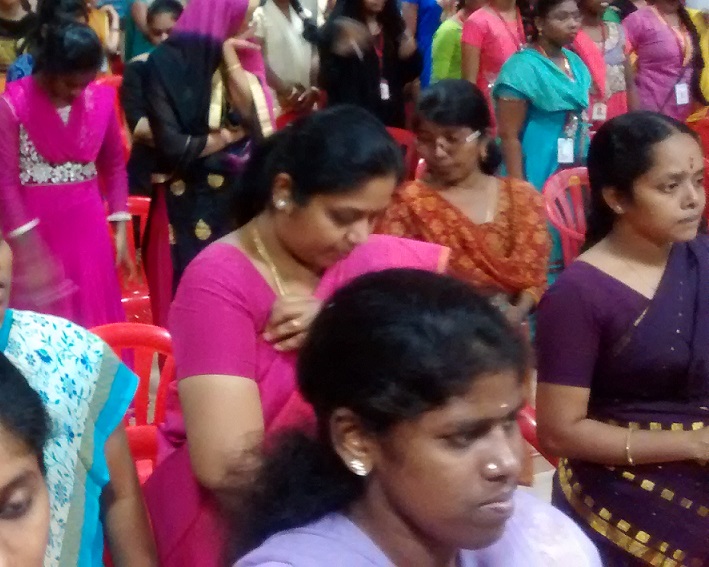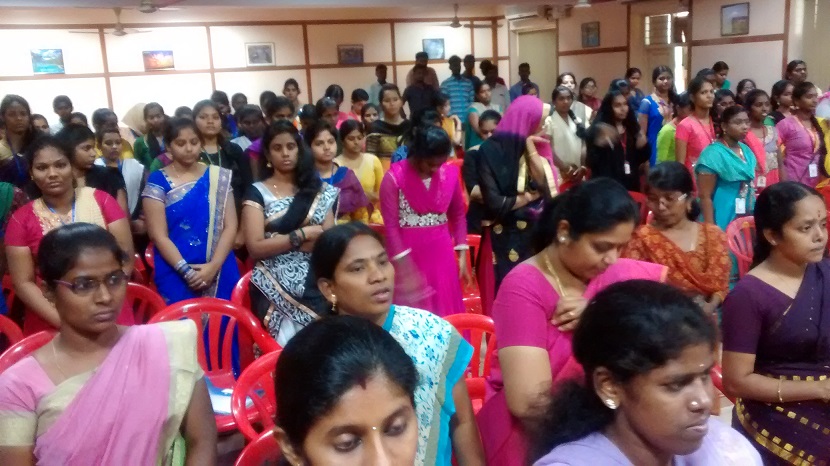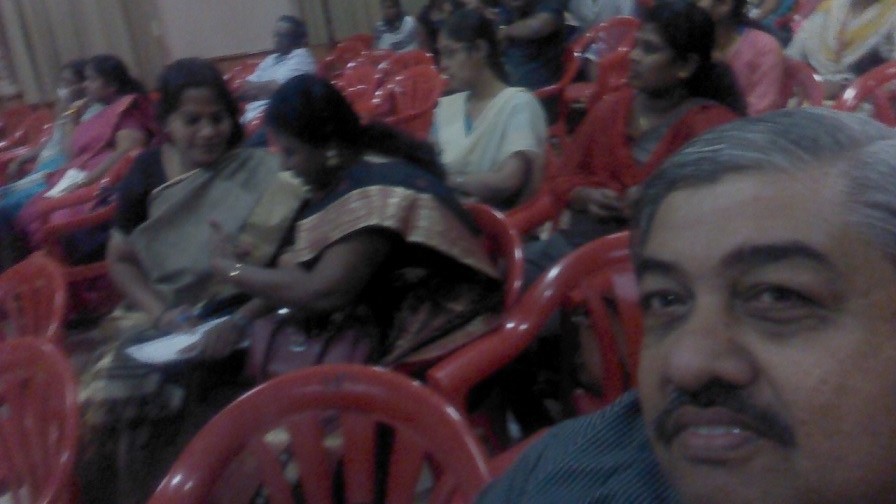Why Indian students should spend crores for the publication of research papers paying to foreign companies? (2)

Foreign business thrives on India: The suggestion was made after examining the rise of the OA method adopted by Indian researchers. Picture this: In 2011, there were 14,850 OA publications, with 5,864 being gold OA. By 2020, the total number of OA publications had increased to 50,662, with 30,604 being gold OA and 20,058 other OA publications (see box). Also, the number of journals levying APCs has grown consistently: it was 1,825 in 2011 and 5,661 in 2022. The authors felt that with the growing number of OA publications from India, a central and state-level single-window option for funding in OA journals would help researchers.
| All About OA | |
| 1) What is Open Access | * Open access (OA) keeps research work open to all |
| * Gold OA removes all restrictions and permission barriers | |
| * Green OA places a version of research work in a repository chosen by the publisher with certain terms and conditions to access the article | |
| 2) The APC model | * The Article Processing Charges (APC) has changed the underlying strategies of the journal business model, shifting from demand-side to supply-side economics |
| * Instead of charging readers and librarians for subscription or license of scholarly work, the OA model supports the production cost of an article by the author paying the APC | |
| * APC per document varied from journal to journal with the minimum APC being $8 for chemistry and materials sciences and the maximum $6,000 for health and medical sciences journals | |
| * In the area of business, economics and management, the highest APC was between $1,001 and $1,500 |

The charges are mandatory and they justify such charges: The website declares[1], “To cover publication costs Wiley Open Access journals charge an Article Publication Charge (APC). APCs vary by journal. To see a full list of APC prices for Wiley fully open access journals and subscription journals which offer open access, please see our Article Publication Charges page.” How to pay – has also been explained[2]. It also warns, “When submitting an article to a Wiley Open Access journal, the submitting author must agree to pay the publication charge minus any eligible discount (or request a waiver). After acceptance the article will enter the production cycle and the author will be asked to pay the publication charge for the journal minus any eligible discount. When final formatting corrections are made and the author approves their article for publication, payment of the publication charge must be received before the article will be published online. The submitting author assumes responsibility for the article processing charge, and Wiley will not issue refunds of any kind.” Copy right, how the article is published in a journal, who buys and reads or how it is accessed and other reasons are cited for justification of publishing charges collected. Thus, the terms and conditions have been explicit and it is doubtful that all Indian paper senders and payers would have understood or not.

The Publication charges increasing year by year and so also Indian researchers: The EC and US academic companies have understood the potential of India and thus, they have decided to exploit it. As India has 140 crores population with millions of IT experts, doctors, engineers and other professionals, they are in demand in every country. Unlike other nationals, the Indians have been calm, docile and sincere in their duties and work with commitment. Therefore, they have indulged and engaged in this commercialization and business. Initially, the foreign journals did not charge APCs, but, slowly started charging on different pretexts. The global average per-journal APC is US$1,626 [Rs 1,35,000/-], its recent increase indicating “that authors choose to publish in more expensive journals”. A 2019 analysis has shown 75% of European spending on scientific journals goes to “big five” publishers (Elsevier, Springer Nature, Wiley, Taylor & Francis and the American Chemical Society (ACS) and the trend continues even today. Together they accounted for 56% of articles published, as they have commercialized the situation and conditions.

Million-Billion business of publishing papers: Author fees or page charges have existed since at least the 1930s. Different academic publishers have widely varying levels of fees, from under $100 [Rs 1,000/-] to over $5000 [Rs 4 lakhs], and even sometimes as high as €9500 [Rs 9 lakhs] or $10,851 [Rs 8 lakhs] for the journal Nature. Meanwhile, an independent study indicated that the actual costs of efficiently publishing a scholarly article should be in the region of €200–€1000 [Rs 15,000/- to Rs 80,000/-]. High fees are sometimes charged by traditional publishers in order to publish in a hybrid open-access journal, which makes an individual article in a subscription journal open-access. The average APC for hybrid journals has been calculated to be almost twice as high as APCs from full open-access publishers. Journals with high impact factors from major publishers tend to have the highest APCs. Publishers’ high operating profit margins, often on publicly funded research works, and their copyright practices have subjected them to criticism by researchers. For example, a Guardian article informed that in 2010, Elsevier’s scientific publishing arm reported profits of £724m [Rs 800 crores] on just over £2bn [Rs 1600 crores] in revenue. It was a 36% margin – higher than Apple, Google, or Amazon posted that year. So, just like cellphone, internet usage etc., the article-publishing business has also been operating effectively with profits.

1970-80s – Indian journals were in demand: During the 1970-80 period, many Indian journals , mostly published by the Indian Research Institutions, CSIR, Defence and other organizations were popular among the researchers. The subscribers used to wait for the journals and read them. In fact, they were sold in the book and newspaper stalls. Some publishers used to export to the USA and European countries, as there was a demand for them. The Indian Journals contained highly researched articles, papers, and reports about discoveries and inventions with locally available technologies and resources. Not only, the Journal were so cheap, but, the inputs, raw materials, parts and accessories used and the final products and goods produced or manufactured were also cheap and economical. Only thousands of Indians used to subscribe and read such journals (at that time the annual subscription was Rs 10/- and then increased to Rs 100/-). In fact, the contributors of the articles to those journals were paid honorarium. Many times, the US-European scientists, technical experts and manufacturers used to surprise and recognize the importance of the Indian and Indianized science and technology. Thus, they started buying extracts (floral, herbal etc), rare-earths, handicrafts and man-made locally manufactured goods and subject to critical analysis and research[3].

Electronification, digitization and commercialization of education: The teaching and learning processes and accompanying materials have been electronic oriented and made accordingly. The books, journals and other documents are digitized. Even objects, tools, laboratory activities, manufacturing processes, hospital treatments etc., have been videographed and used for education. The cellphones, televisions, CCTVs and all other equipments are connected, monitored and tracked. Thus, illiterate or literate – most of the Indians have been brought under such electronic and digitized systems with Adhar card, Voter ID, biometrics etc. Therefore, the position and condition of the students need not be explained, as they are found to be with cell-phones always, except when they sleep and go to toilets. The exams have to be conducted in a careful and controlled manner, as the students adopt and adapt new electronic gadgets and methods to cheat the invigilators. Thus, how researchers behave, interact, prepare their papers and related activities need not be explained.

To become an Assistant Professor paper publication is necessary: To become an Assistant Professor, one should have a basic degree in Humanities or science or technology, so that then, he / she can complete a master degree of a subject of the choice. Post completion of a master’s degree, candidates need to appear for the UGC NET exam conducted by the National Testing Agency (NTA) with the concurrence of the University Grants Commission (UGC). It is one of the mandatory requirements to become an Assistant Professor. Candidates must also publish their research papers in various peer journals as it will add value to candidates’ resumes. The UGC-NET Exam is conducted twice a year in June and December respectively in well over eighty subjects in various cities of the country to decide the eligibility of candidates passing out from Indian universities for the selection of “Assistant Professors as well as “Junior Research Fellowship and Assistant Professors” in the colleges and universities of India. The selection is based on the aggregate performance of candidates in both the papers – Paper I and Paper II. Although the examination demands a wide extensive and intensive preparation at the same time depending on the time and facilities available, an intelligent approach to the preparation for the examination may make it easier for aspirants to clear the exam with relative ease and freedom from anxiety.
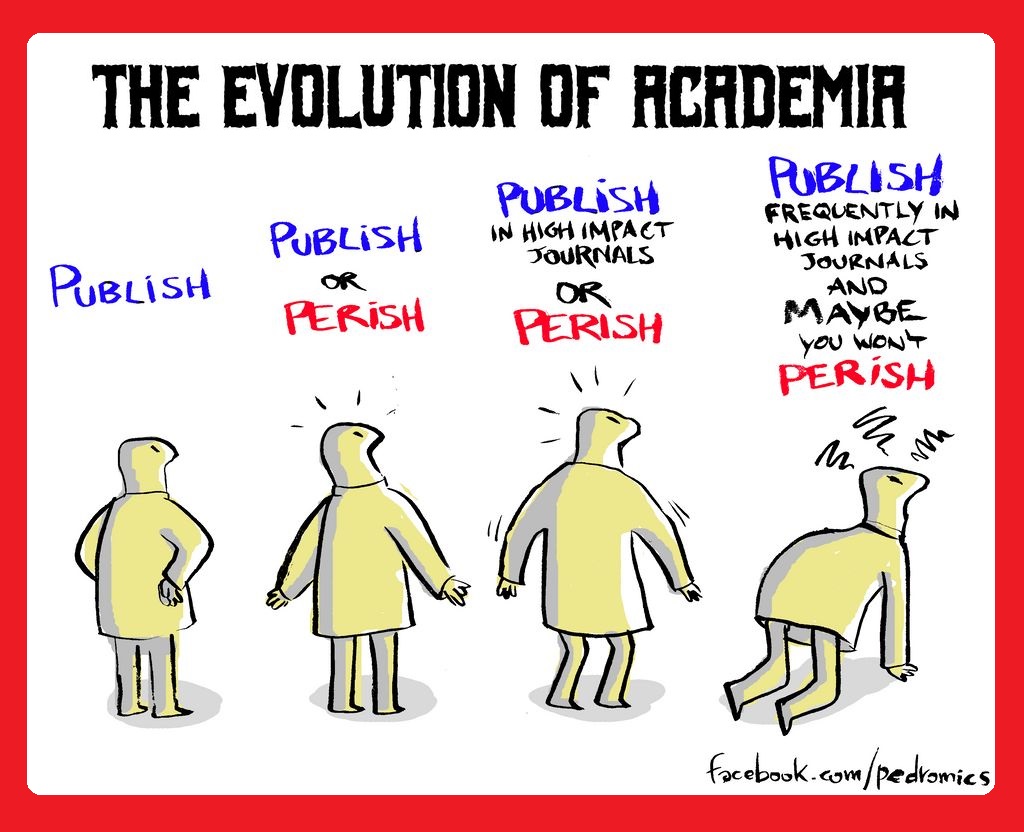
From “Publish or perish” to “Pay and get published” condition: Coolidge in 1932 reportedly coined the phrase “Publish or perish” and it is affecting most of the academicians and they are forced to prepare and submit some papers for publication. Academic institutions and university mechanically decide the competency of the candidates appearing for jobs with their publication of papers. Administrators and interviewing selectors are increasingly using this as the criteria during recruitments, including such columns in their applications and reports. Thus, the prospective candidates and researchers resort to different methods to publish their papers. For real, genuine and capable candidates, there is no problem, as they know the subject, have writing capabilities and presentation skills and thus, easily getting their papers published at conferences, seminars and workshops. However, for others with some drawbacks, they struggle in this aspect. Here, the transition takes place, the “Pay or perish” position changes to “Pay and get published” condition.

“Pay and get published” leads to other unacademic activities: Scholars, who publish infrequently or who focus on activities that does not result in publications like instructing undergraduates, may find themselves out of contentions for many teaching positions. It is due to these reasons that there is an immense pressure to publish and thus other methods are also creeping inside. This pressure to increase the number of publications has led to unethical practices and waste full research with vested interests. The groups formed at different level try to exploit and commercial this drawback or demand. The increasing scientific articles have fuelled the demand for new journal and the groups, immediately work and implement also. There is intriguing, alarming and proliferation of scientific journals of all kind. Majority of the publications still goes uncited, as they are created for exploitation and commercialization and not for real research. This means that neither they are appreciated by the peers nor they are of any importance to the industry or patient. Most of the published research works are done just to improve the curriculum vitae (CV) of the researcher and they do not find any merit in practical terms. The increasing number of publication have led to a rise in unethical practices, and dubious research practices such as salami slicing, plagiarism, duplicate publication, fraud, ghost authors etc.

From November 2022 onwards, publication of a paper is not mandatory: The MPhil scholars were required to present at least one research paper at a conference or seminar. On the other hand, PhD scholars had to present two research papers at conferences or seminars and publish at least one paper in a refereed journal prior to submitting their thesis. However, in the new regulations for the doctoral programme released on November 7, 2022 the commission has removed this requirement. Still, whether the researchers have known this or not, their enthusiasm, vigour and urge for “payment publication” has not changed.
© K. V. Ramakrishna Rao
10-04-2024
[1] https://authorservices.wiley.com/author-resources/Journal-Authors/open-access/article-publication-charges.html
[2] https://authorservices.wiley.com/asset/photos/licensing-and-open-access-photos/How to pay the APC for an OA journal article.pdf
[3] Working in the Central Excise department, many times, I noticed how such items were exported and why the foreign buyers wanted them.
Filed under: economy, editing, editor, editorial, fees, historian politician, historical politician, historicity, historiography, historiosophy, history, manuscipt, manuscript, methodology, mythology, nation, open access, option, paper, paper manuscript, paper publishing, processing charges, processing fees, proof, psychology, publisher, publishing, research, research journal, research paper, researcher, reservation, resource, revising, rewriting, scholar, science, services, social justice, students, style sheet, subject, transcribing, translating, web of science, young | Tagged: article publication, call-for-papers, chargeable, fake, free, journal, journalistic ethics, journals, news, newspaper, open access, paper, paper manuscript, paper presentation, paper publishing, paper reading, publication, publisher, publishing, research, research journal, research paper, research publisher | Leave a comment »








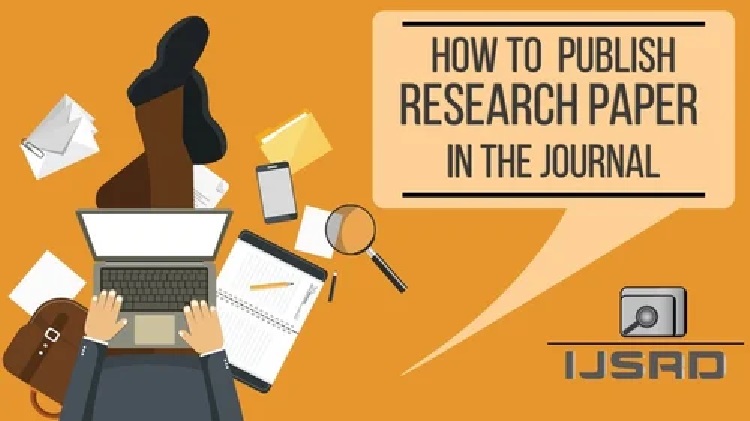



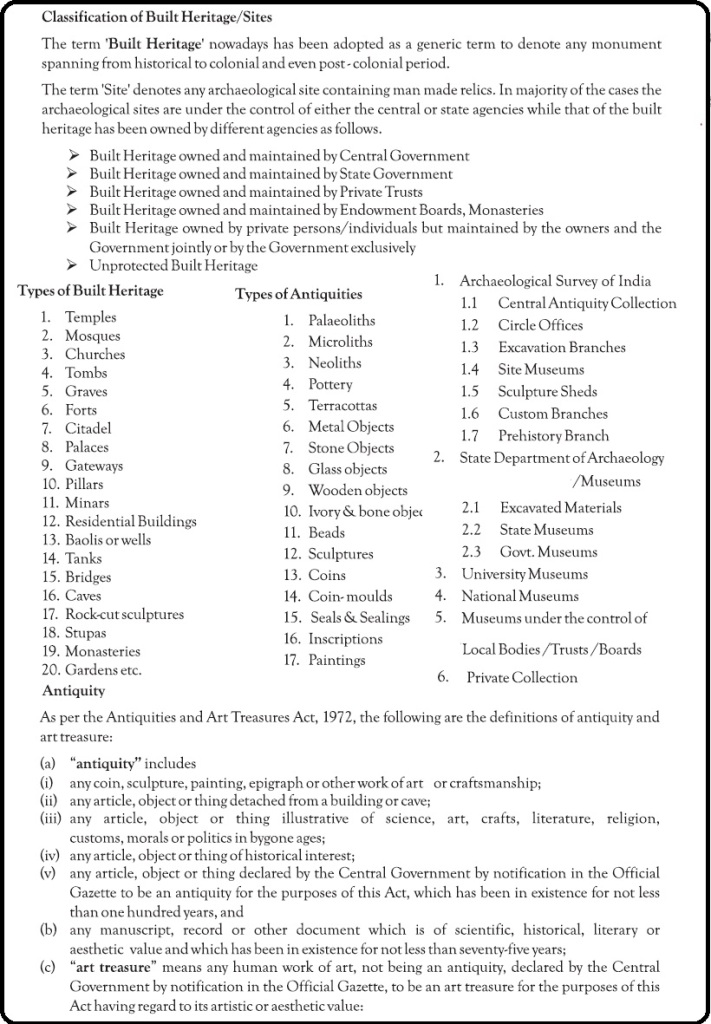






























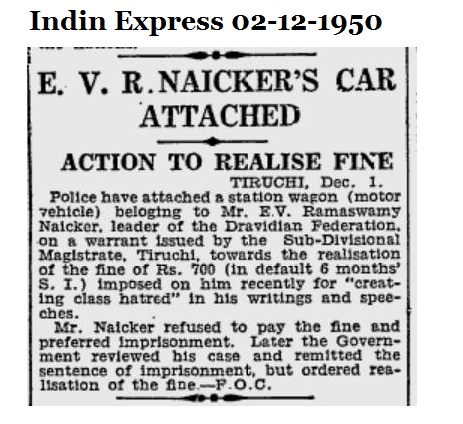












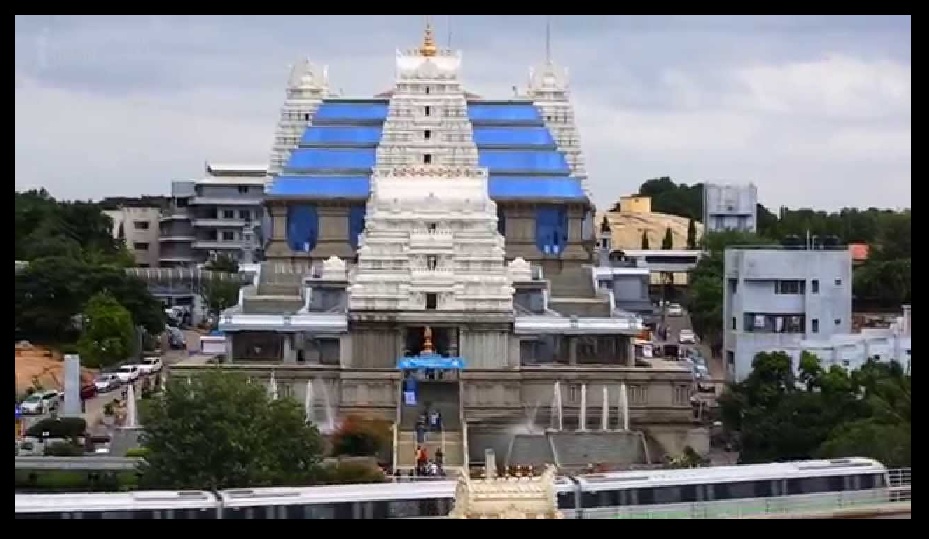
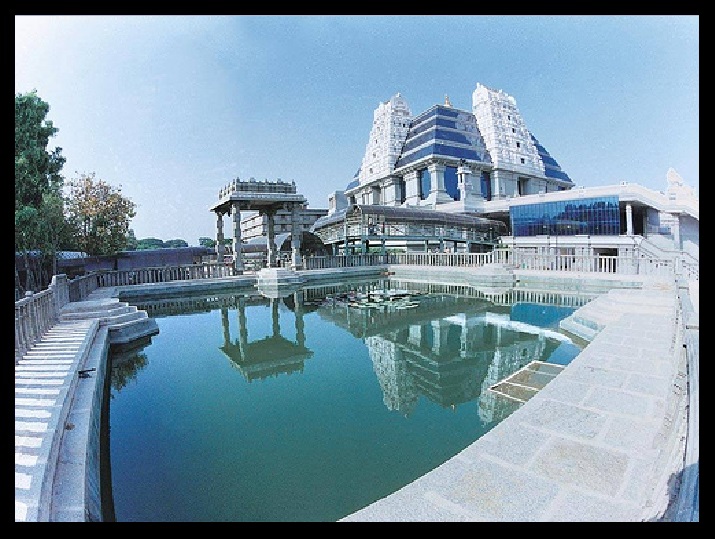
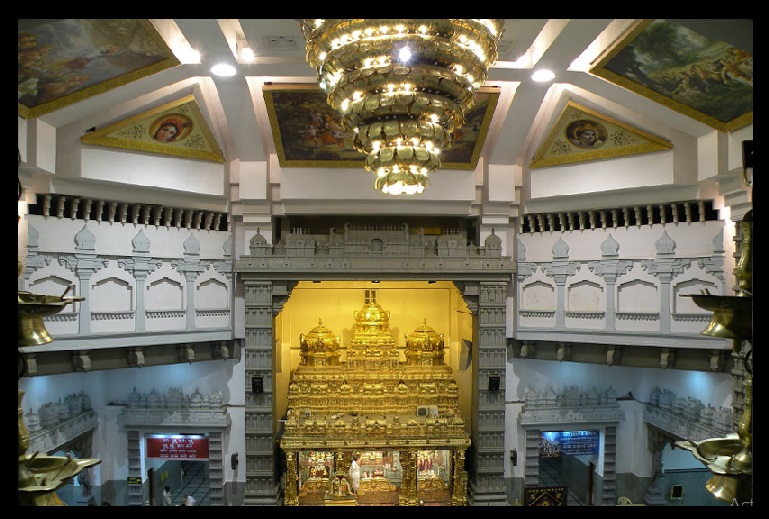
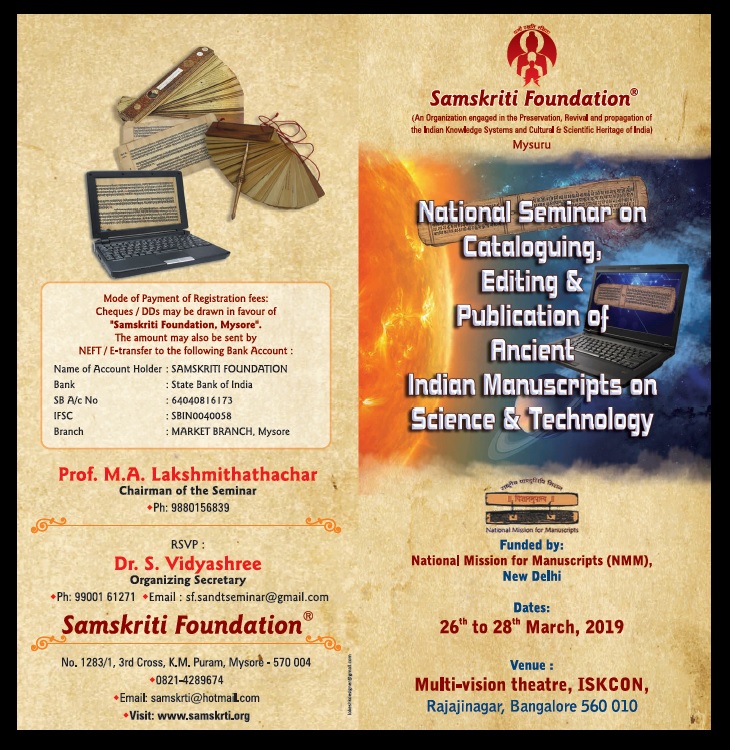



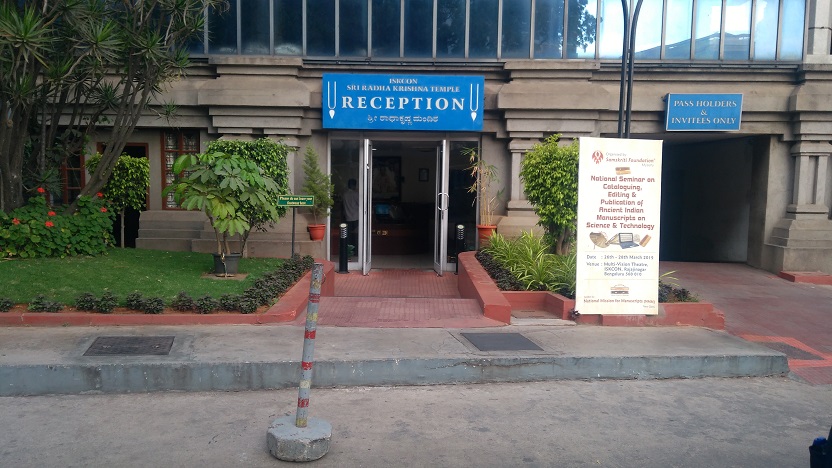
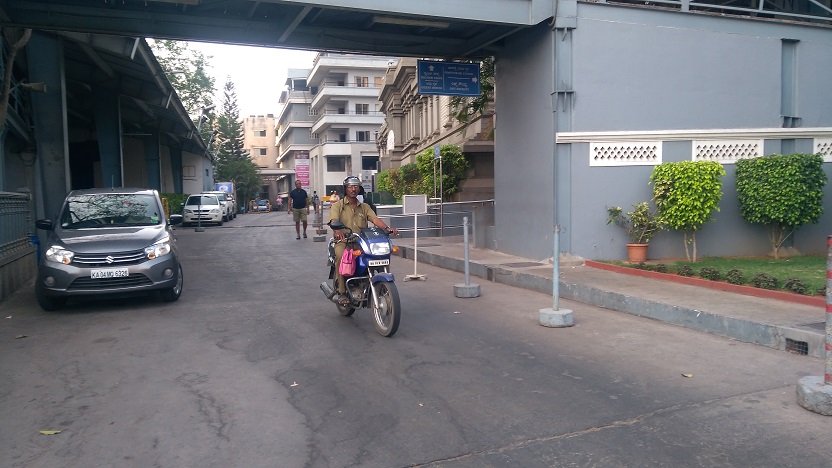
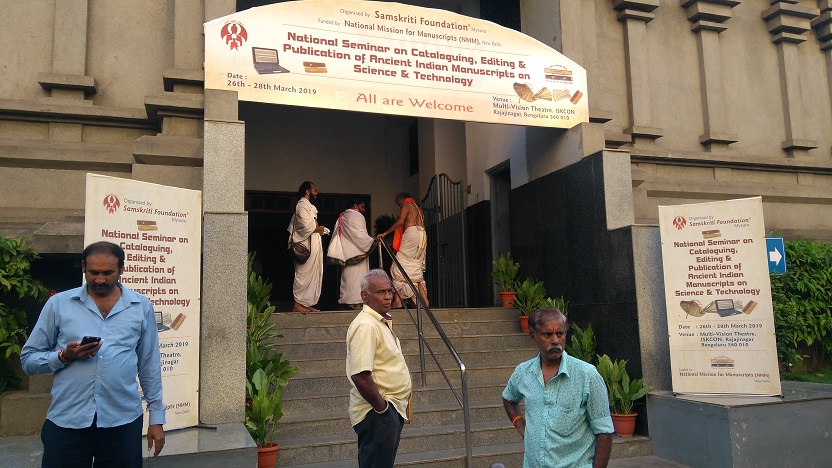
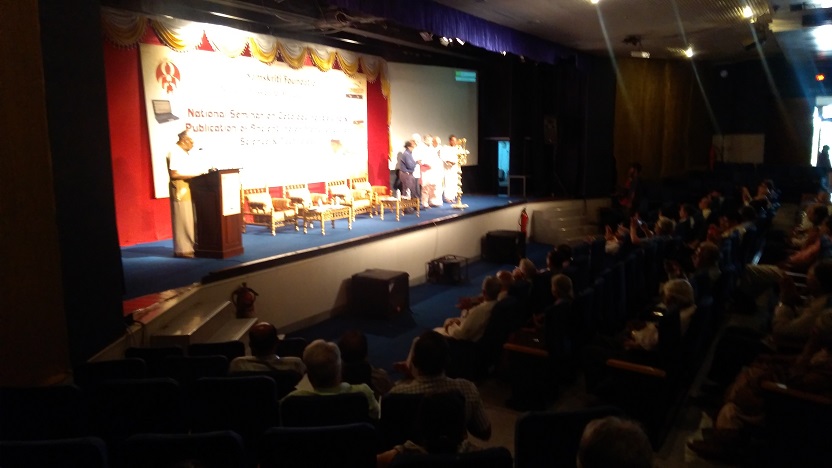
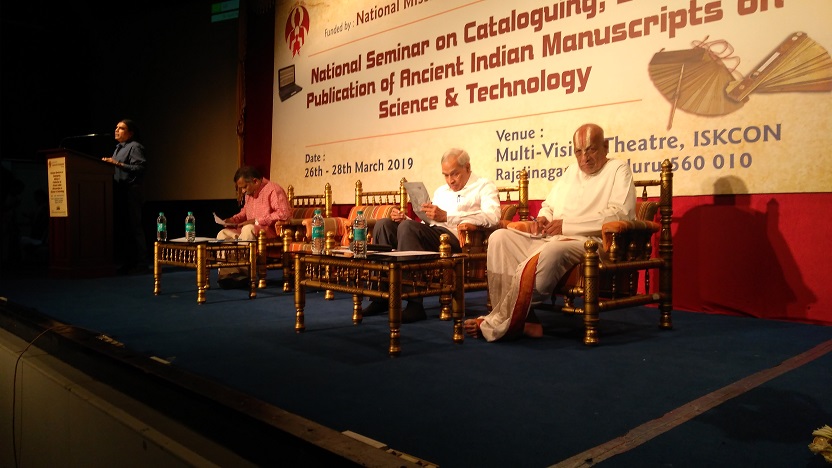
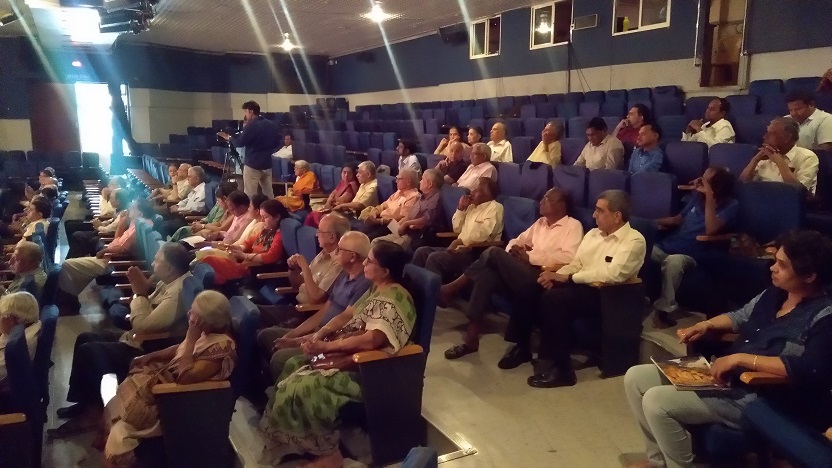
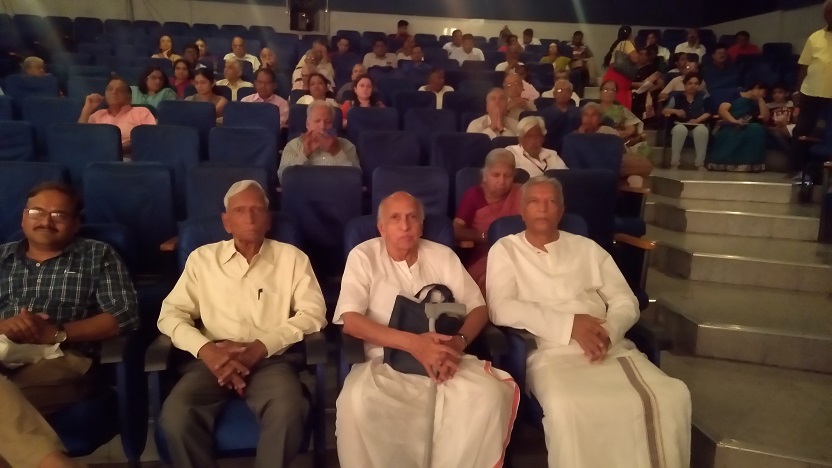
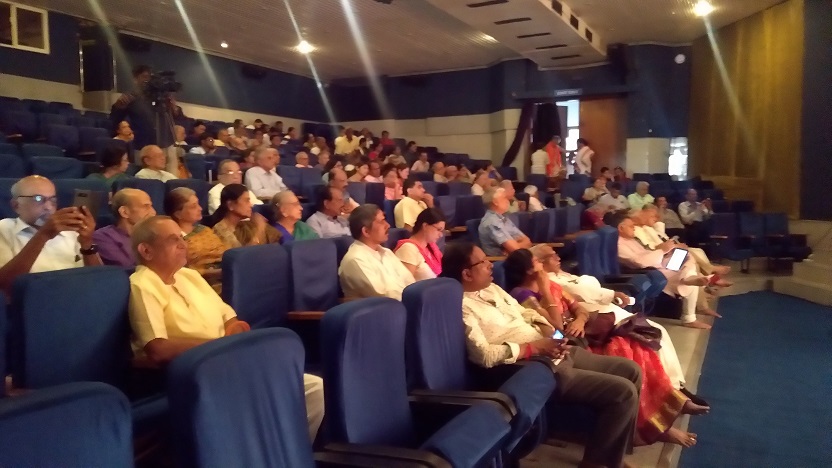
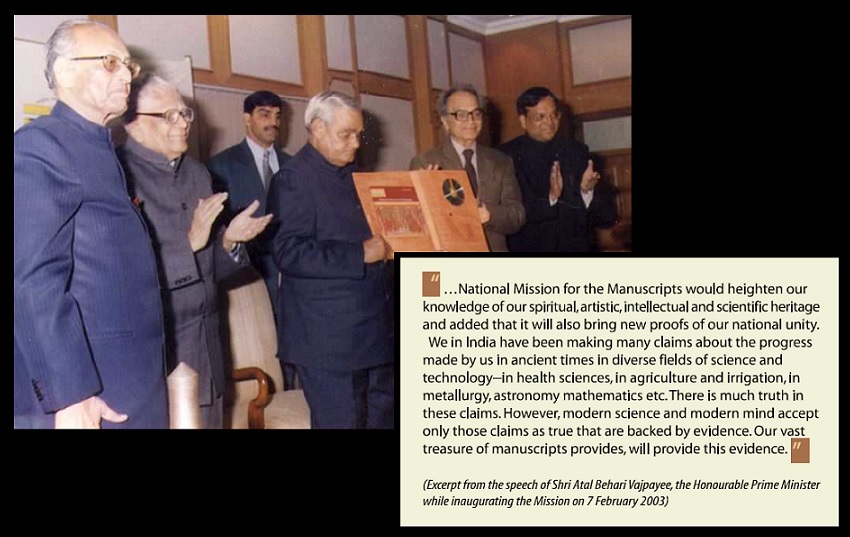
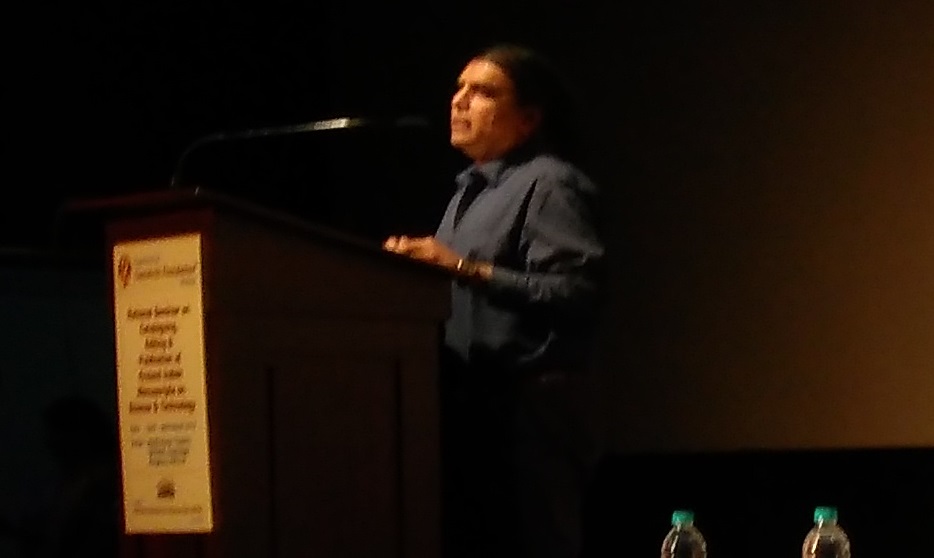
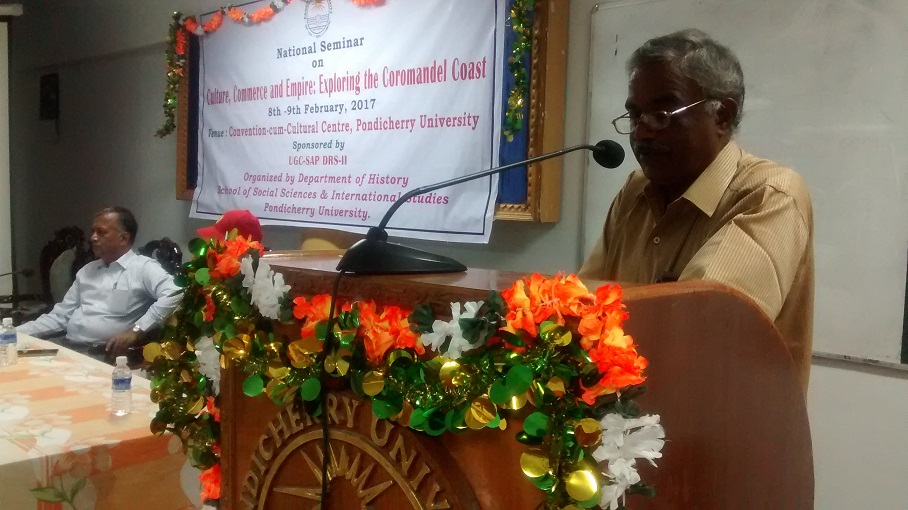
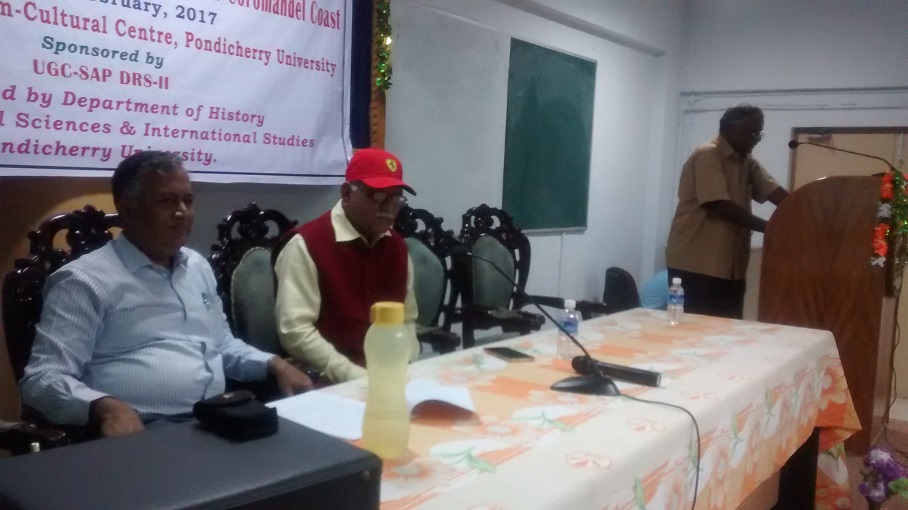
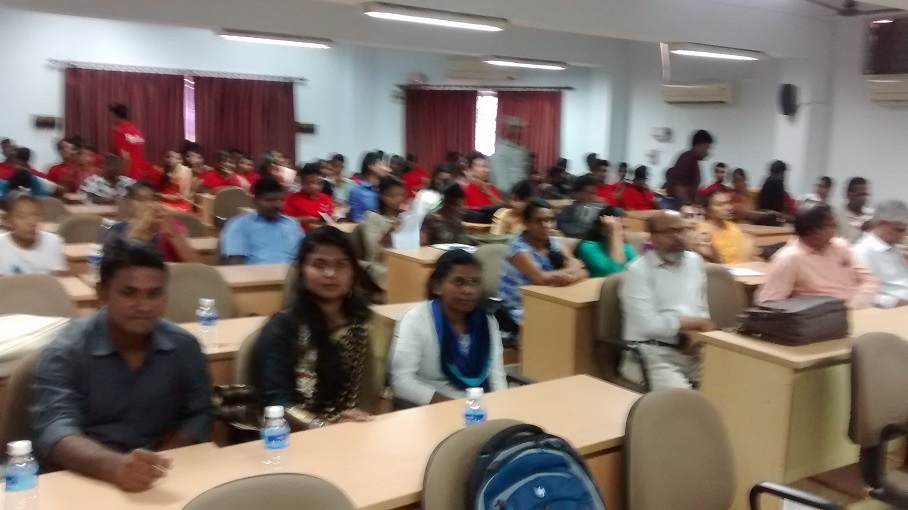
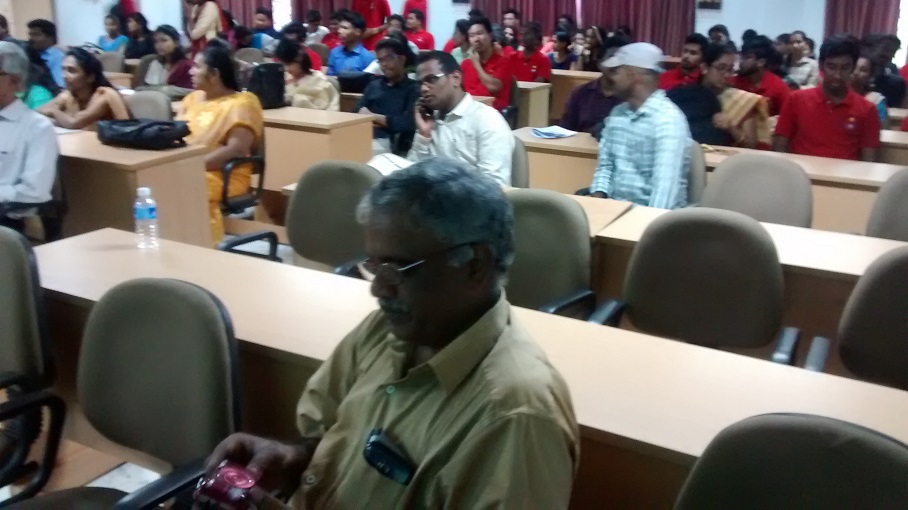
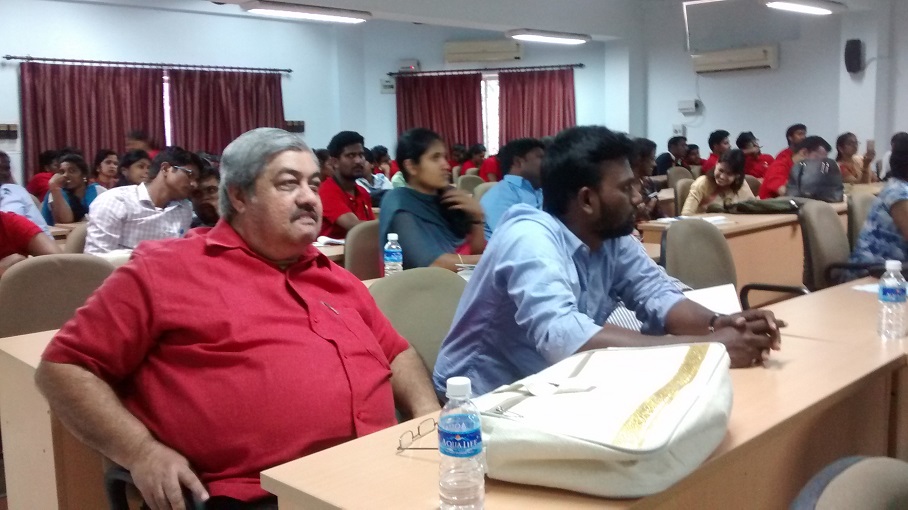
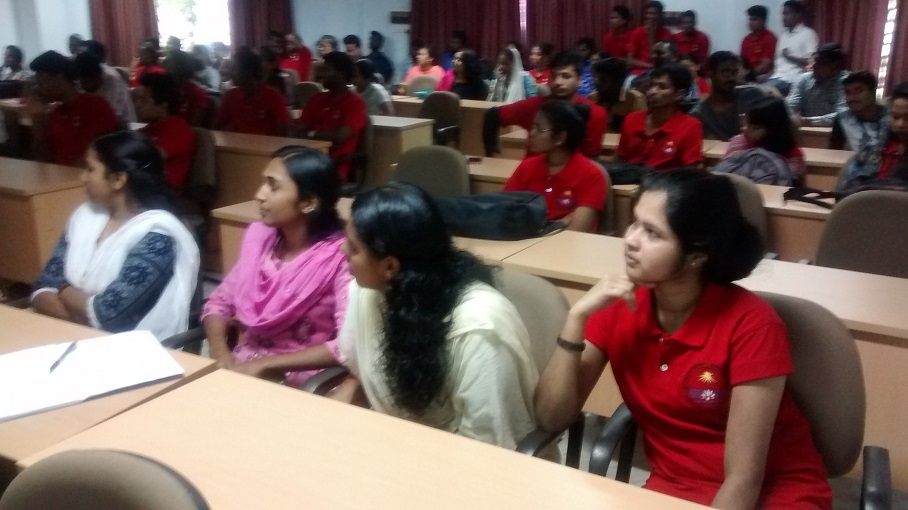
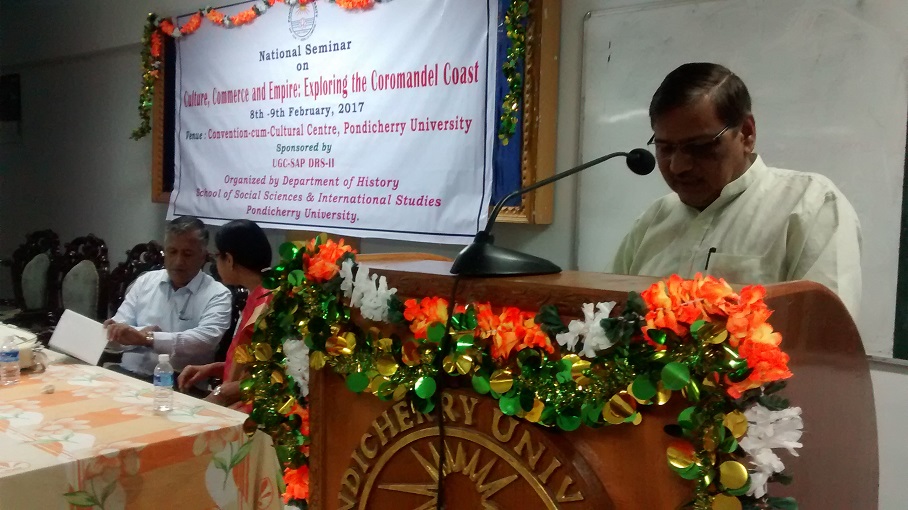
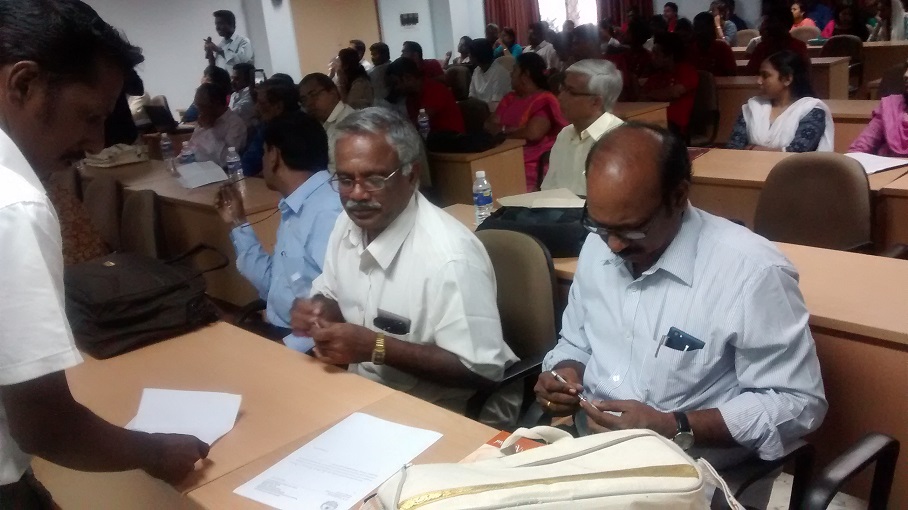
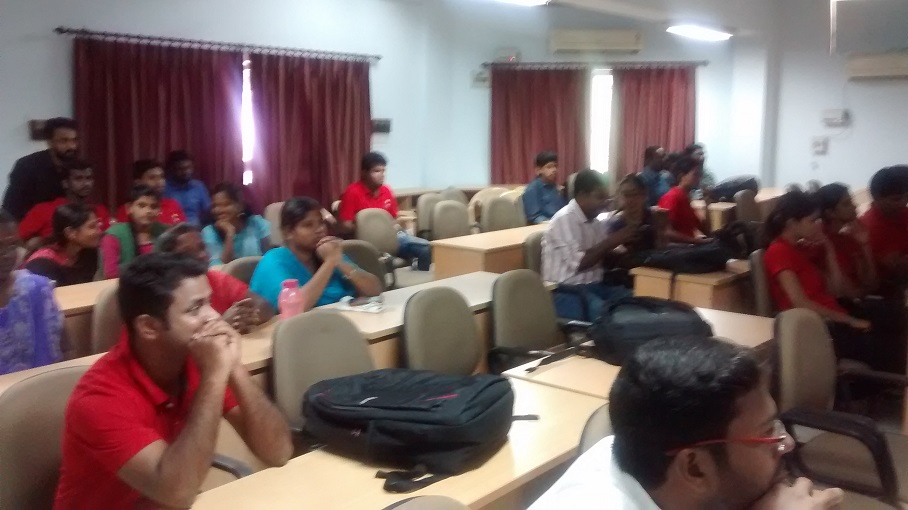 Raman P. Sinha
Raman P. Sinha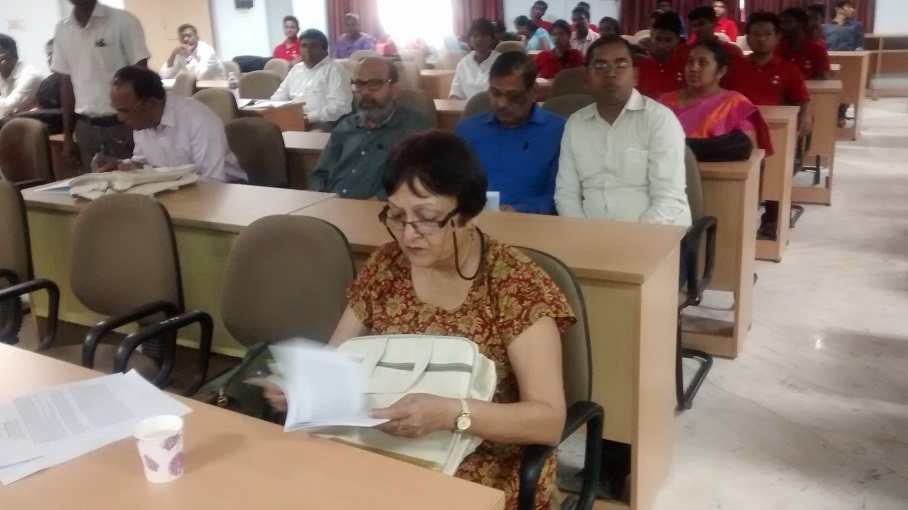 Sudharshan Kumar
Sudharshan Kumar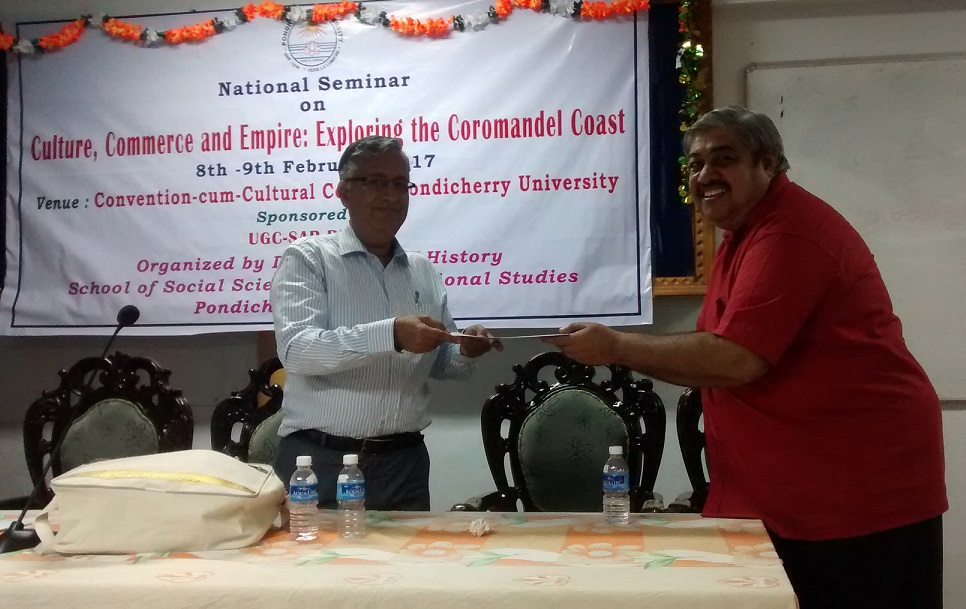 The last paper “From Cholas ocean to Lake to “Bay of Bengal”: The Chnge in the Colonial Cartography, Historiograhy and Maritime Ethics” was presented by K. V. Ramakrishna Rao
The last paper “From Cholas ocean to Lake to “Bay of Bengal”: The Chnge in the Colonial Cartography, Historiograhy and Maritime Ethics” was presented by K. V. Ramakrishna Rao